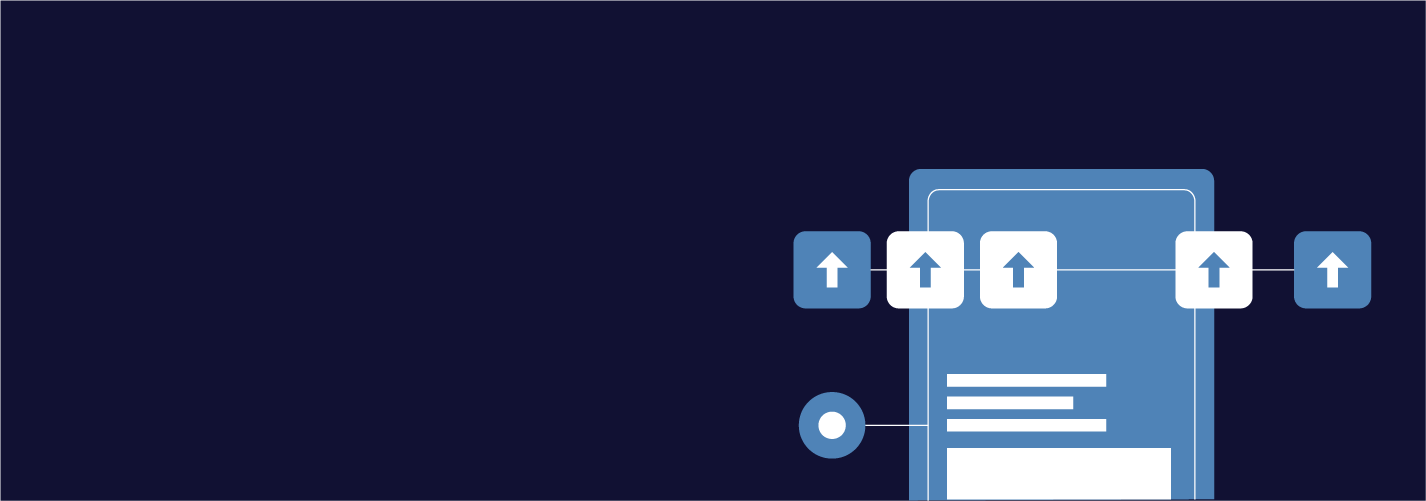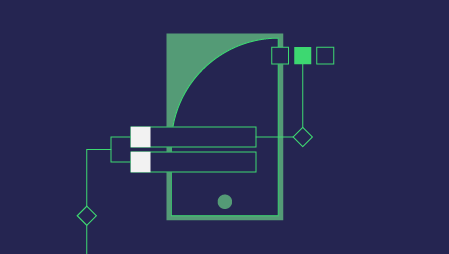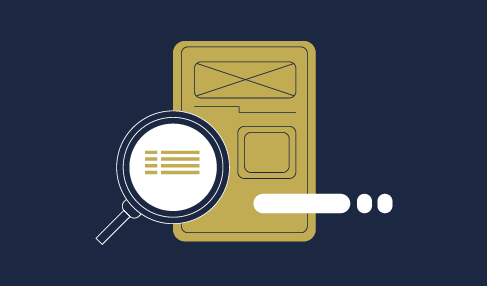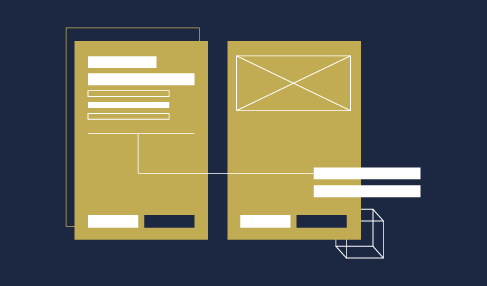As the Internet has become more ubiquitous and integrated into our daily lives, the products we enjoy have increasingly taken part of this new ecosystem–and as an extension, it has enhanced the human experience. Just a mere 20 years ago, the “Internet of Things” (IoT) may have sounded like something borne of science fiction; a type of sorcery that magically connects products that enhance our lives at the touch of our fingertips.
Of course, with great power comes great responsibility, just as with every new experience comes an opportunity to design that experience in a meaningful, intuitive, and ethical way.
UX: A Framework for Solutions
Source: https://www.interaction-design.org/literature/article/5-stages-in-the-design-thinking-process
The first step in arriving at any experiential design solution by using technology, we must understand the problem we’re solving on a human level. This is especially critical in the world of software and product development due to the amount of time, effort, and resource management required to efficiently build an end product that serves the needs of the end user, while also fulfilling business objectives.
While there are many models and approaches that are used to arrive at these solutions, the most widely accepted framework for charting a course across the user journey is the 5 Stages in the Design Thinking Process:
- Empathize.
- Define.
- Ideate.
- Prototype.
- Test
Without getting into the minutia of the design thinking process (feel free to read about this process at your own leisure in the link above), we will explore how this process unfolds in the world of IoT and software development for connected products.
Defining Your IoT Business Ecosystem Stakeholders
While every business is different, most will have established processes and stakeholders across these four major components within their IoT development ecosystem:
- Firmware / Hardware.
- Data Platform.
- Software Development.
- Business Development.
- Always Start with the User Flow.
This is very simple: human problems require human-centered solutions. This is especially important to remember in a technology-driven setting because teams often get wrapped up in the technical details, which can lead your team down a precarious path of solutions or options that have no bearing in your user’s world.
Referring back to our UX Framework, this is step #1, which we empathize with in order to better understand the problems our user is facing. There are a variety of methods for tackling this challenge in an effective way, and Ideo has an excellent toolkit of resources to help you chart your own course. - Get Everyone Involved.
While your product team is most likely comprised of Product Managers, Business Analysts, and UX/UI Designers (hopefully), this doesn’t mean that the design process needs to be limited to an exclusive group. Humans are natural problem solvers, and you’ll be surprised at how creative people can inherently be when tasked with a common goal.
The added benefit of adding engineers, software developers, and test engineers early in the process not only brings a diversity of perspectives toward problem-solving, but aids you in teasing out technical limitations early in the process. - Figure Out Technical Requirements as Early as Possible.
Once you have a solid handle on how your user will navigate your product solution, it’s time to get technical! Product Design is an iterative process, so don’t get too hung up on making things perfect from the start because ultimately, any technical limitations will stifle your precious plans!
Plan a work session or a meeting that focuses on the technical processes that interplay with your end product and user flow in order to understand any implications this may have on the user’s journey. For example, you might have a novel idea for connecting your smart product to your mobile app by using a QR code. While this is great in theory, not to mention an expected behavior of modern-day app users, you must clear this idea with your firmware or hardware team to ensure this is even possible by using the manufacturing resources available or already in development. - Don’t Reinvent the Wheel–Leverage APIs.
While it’s important to innovate when charting a course towards the future, it’s equally as important not to overcomplicate things unnecessarily. Innovation should occur in the development of human-centered design solutions rather than building a solution from scratch that has already been built better by another service on the market.
Leverage existing API (Application Programming Interface) services for your product that make it easier on your user. For example, you might need a calendar picker for a scheduling app you’re building for your user, and your developers might be absolute rockstars who can build this from scratch. However, their time would be better served by building out the features that have a more direct outcome on the user, specific to your business offering, than simply the part in which they choose a date for a service appointment or a consultation. Not to mention, any custom widget you have your developers build today requires more effort to maintain later down the road. Set your team up for success by shedding the need for future resources now. - Test Rigorously, and Deliver a Solution Your Team Can Celebrate.
If your user doesn’t know how to use your product, it’s not user-friendly. Test not only the technical interface, making sure things work as expected, but test with your users whenever possible! Taking the added time to get your product in front of your users might sound tedious and time-consuming, but it will pay dividends on your time investment. A recent whitepaper by User Testing professes that for every $1 spent on user testing, $2 to $100 is returned.
Conclusion
The world of business opportunities in IoT development is growing exponentially, and in order to stay competitive, it’s important not to cut corners where it matters the most. Leave a comment if you have anything to add to this list that wasn’t included. After all, the most effective solutions aren’t designed in a silo–humans are at their best when we involve a rich diversity of perspectives.





